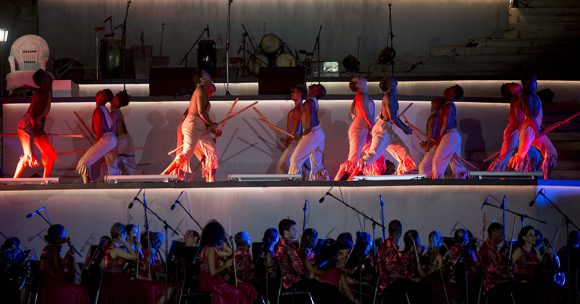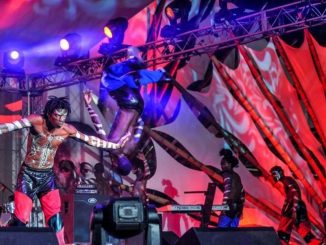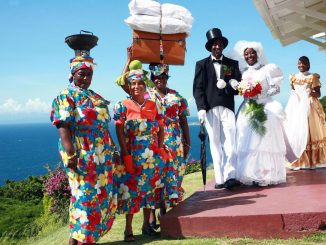
In November 2019, Havana celebrated its 500th anniversary with great fanfare. A look back at the festivities, the renovation work carried out and the challenges that await the capital of Cuba.
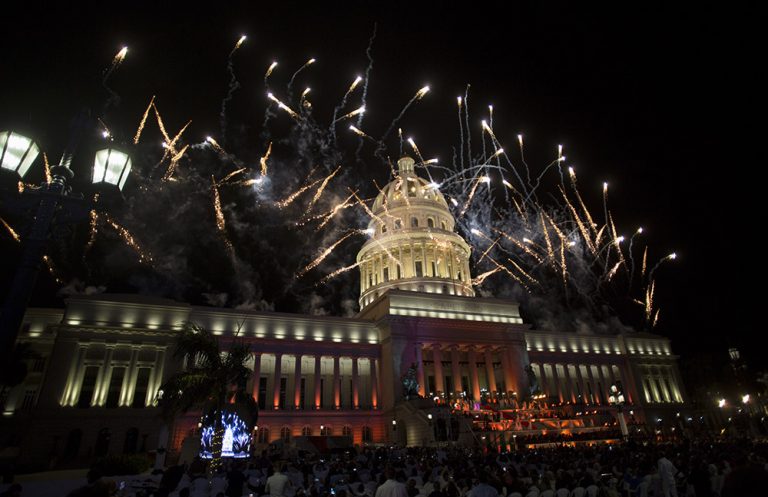
Talking about Havana and the celebrations for its 500 years can be like talking about two sides of the same coin. On the one hand, the local government celebrated the half-millennium of the Wonderful City – a title it obtained in 2016 from the New 7 Wonders organization – with an extensive program of cultural activities and urban renewal.
On the other, the capital of all Cubans reached its five centuries of culture, history and tradition whipped by a tornado, which destroyed entire neighborhoods, further depressed local economies and part of the urban environment.
In fact, all of Havana was not 500 years old, but only the old Villa de San Cristóbal de La Habana founded by the Spaniards on November 16, 1519, in what would now be part of Old Havana, according to historic consensus. Over the years, the city expanded more east and south until it became the largest city and the main economic-cultural centre and tourist centre in Cuba, with a population of more than two million inhabitants.
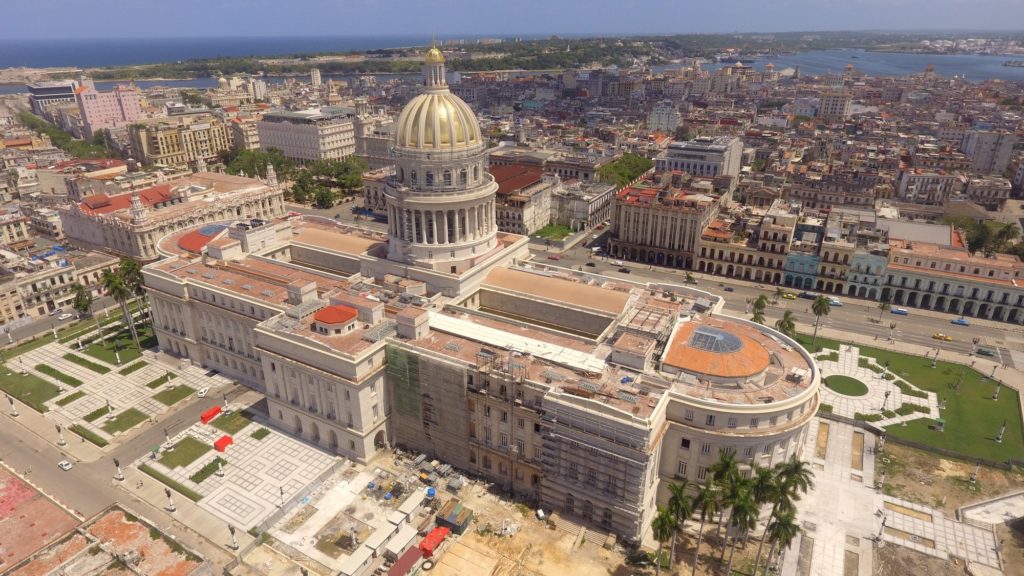
A mixture of architectures
And indeed, Old Havana is the part of the city with the most historical and heritage monuments, and is also the most visited by foreign tourists. Already in 1982 UNESCO included in the list of Intangible Cultural Heritage of Humanity the Colonial Fortress System and the historical part of Old Havana, a deserved recognition for the constructions and history that enrich our heritage.
It should be noted that the conservation and protection of this foundational part of Havana, a mixture of Spanish, French, English and North American architectures, is due to the extraordinary work of Dr. Eusebia Leal, historian of the city.
The 500 years brought with them an extensive program of cultural activities and the visit of many personalities to the island. Among them, without doubt, the most symbolic was that of the Kings of Spain, Felipe VI and Letizia, which was the first official visit of Their Majesties to Cuba.
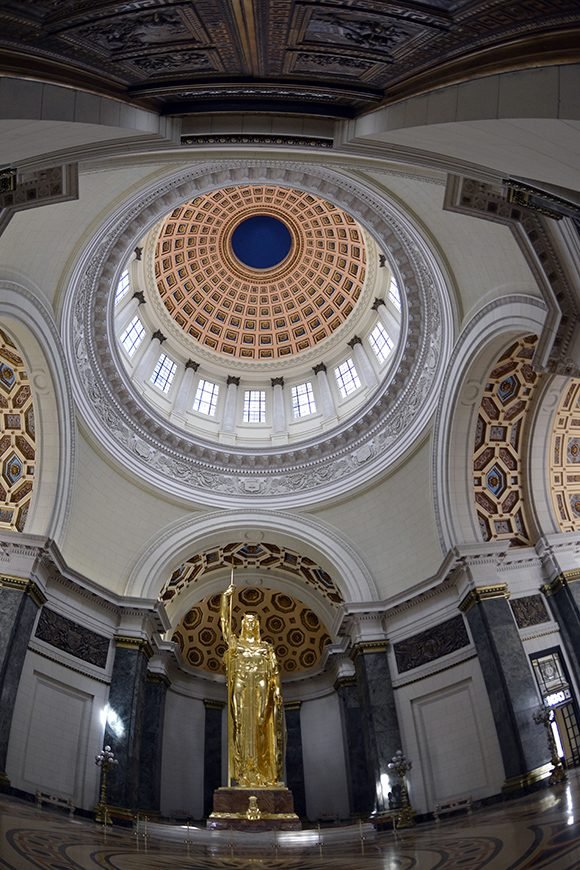
Visits of leaders and a message from Pope Francis
While leaders of other countries and former presidents, such as the Frenchman Francois Hollande, also arrived in Havana during the main celebrations for the founding of La Villa de San Cristóbal de La Habana.
Pope Francis also sent a warm message to the people of Havana, where he said he was happy to join his “dear brothers and sisters of Havana” in the event and stressed that in those years “there are interwoven many lives given by others, many dreams, efforts, shared sacrifices to build the present and future of the children of Cuba”.
In that sense, he referred to faith, charity and hope, three historical aspects that, according to him, were present from the beginning of the foundation, and still remain pillars for this time.
The cultural activities were marked by the traditional annual walk with the Mazas del Cabildo to Templete, where the first mass and the first town hall were celebrated, which in 1519 attested to the founding of the Villa, on November 16.
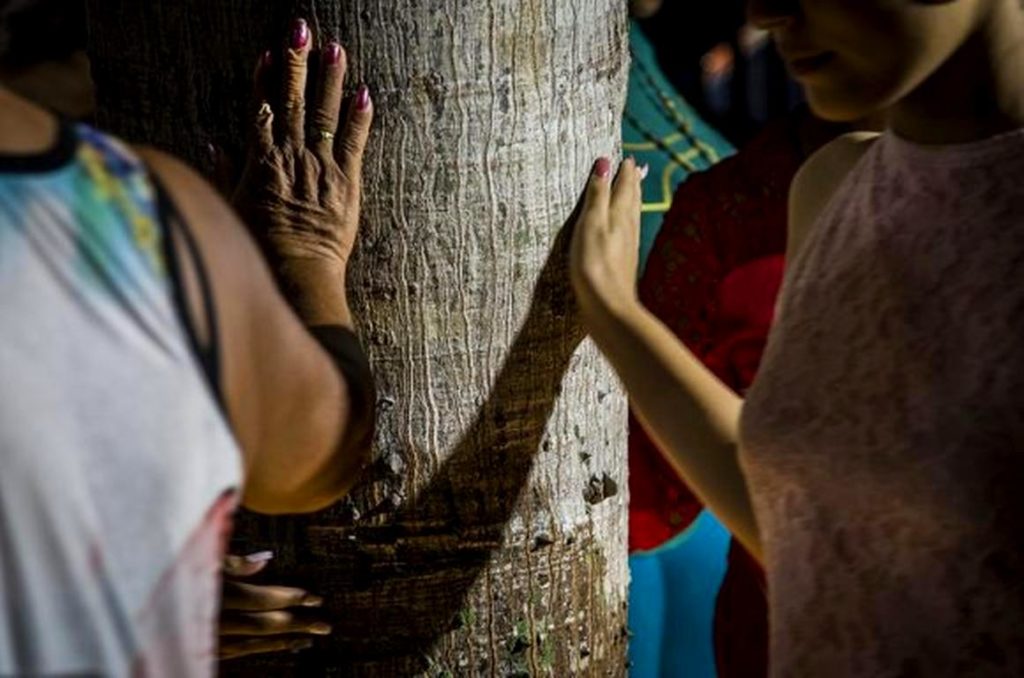
More than 2000 construction works
After the ceremony, thousands of people, many with their religious attire, began to take three ritual turns to the ceiba where took place the first mass and ask for personal fulfillment wishes, especially, so that “Havana’s good faith does not perish in the future”, as the historian of Havana would say.
The celebrations also included a presidential cultural gala at the gates of the National Capitol and an impressive firework show, launched from the San Carlos de la Cabaña Military Fortress.
Likewise, the authorities deployed a vast building renovation project in several locations in the capital.
More than 2000 construction works were completed in Havana as part of the reforms to celebrate its 500 years, including hospitals, schools, shops and architectural jewels, among which the monumental Capitol and the Cuban Parliament’s headquarters, which, its large lounges, corridors, hemicycle, facade and dome have regained their original splendor.
Another work concerning its architectural values was the centennial Mercado de Cuatro Caminos located in a building near the inner part of the Bay, which was converted into a modern department store.
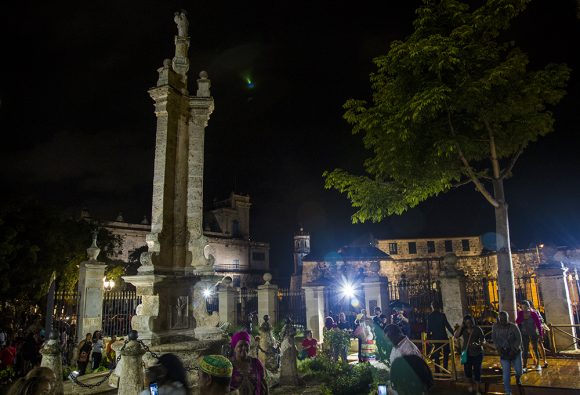
Two rums to celebrate the 500th years
The program also included the rescue of the colonial fortress El Castillo de Atarés, located in the southeast of the entrance to the capital, and renovation works in Chinese district, San Rafael Boulevard, La Casa de la Música Habana and El salón Rosado de Benny Moré.
The Railway Museum, the Botanical Garden, as well as the Lenin Park and the Forest Park, are also part of the work started.
On the occasion of the half millennium, the capital’s hotel capacity increased with high standard facilities such as the Iberostar Grand Packard and the Hotel Paseo del Prado which, together with other construction works, strengthen Havana as Cuba’s main tourist destination.
To celebrate the 500th anniversary of Havana, unique editions of Cuban rums were also created. El Faro and La Giraldilla are the names of the new rums placed on the market for the central capital celebrations.
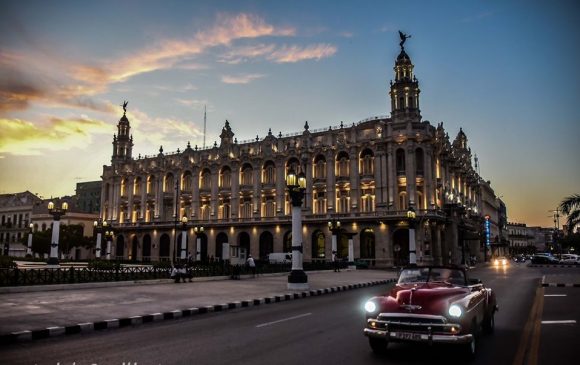
Facing several challenges
They were festive holidays when Havana wore its most beautiful outfits, however all the excitement preceding the anniversary celebrations suddenly ended after the holidays and exotic, mysterious, vibrant Havana was once again the same as before.
500 years after its foundation, today Havana has great challenges to face: urban congestion, insufficient technical and transport networks, pollution, chaotic growth in some areas, housing limitations. It also faces debts for urban spatial planning, waste management and the availability of green spaces in the city.
Everyone knows it and it’s not a secret, it will take time – hopefully not another 500 years – to fill the urban gaps, recover the deterioration, make Havana a more modern and connected city, with better infrastructure, that promotes and expands sustainability and the use of clean energy.
Although yes, no one doubts that this city is a woman, it’s a city with a lot of history, a remarkable built heritage and an almost mythical halo for people from all over the planet.
